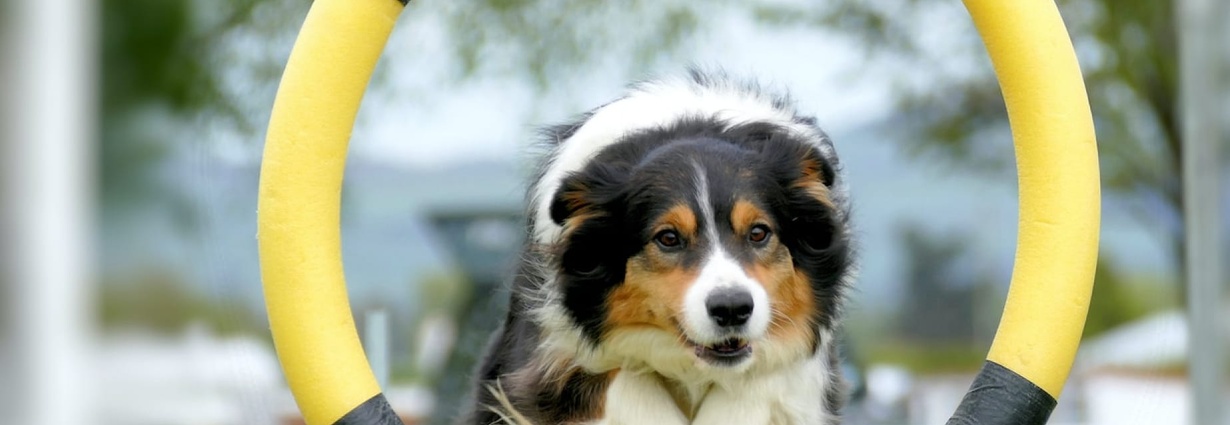Training Your Dog: Tips and Tricks
Published on Jun 30, 2023
Training your dog is not only about teaching them basic commands; it is an opportunity to build a strong bond, establish boundaries, and ensure their safety and well-being. Training provides mental stimulation, helps prevent behaviour problems, and allows for a harmonious coexistence between you and your furry friend. In this article, we will explore effective tips and tricks to make the training process enjoyable and successful for both you and your dog.
Start Early and Be Consistent
Training should begin as early as possible, ideally when your dog is a puppy. Early training sets a foundation for good behaviour and prevents the development of bad habits. However, even if you're starting with an adult dog, it's never too late to begin training. Consistency is key throughout the training process. Use the same commands, rewards, and techniques consistently, so your dog can understand and respond appropriately.
Use Positive Reinforcement
Positive reinforcement is a highly effective and humane training method. Rewarding your dog for desired behaviours encourages them to repeat those behaviours in the future. Use treats, praise, and affection as rewards when your dog follows commands or exhibits good behaviour. This approach helps build a positive association with training and motivates your dog to learn and cooperate.
Be Patient and Understanding
Training takes time and patience. Dogs learn at their own pace, so it's essential to be patient and understanding throughout the process. Avoid punishments or harsh methods, as they can lead to fear and anxiety, hindering the training progress. Instead, focus on positive reinforcement and redirect unwanted behaviours. Break training sessions into short, frequent sessions to maintain your dog's focus and prevent frustration.
Start with Basic Commands
Begin with basic commands such as sit, stay, come, and down. These commands form the foundation for obedience and provide control in various situations. Use clear, concise verbal cues accompanied by hand signals to reinforce the commands. Start training in a quiet, distraction-free environment, gradually increasing the level of difficulty as your dog becomes more proficient.
Socialize Your Dog
Socialization is a crucial aspect of training. Expose your dog to various environments, people, and other animals from an early age. Proper socialization helps prevent fear, anxiety, and aggressive behaviour. Take your dog for regular walks, and visits to the park, and enrol in obedience classes or playgroups to enhance their social skills and confidence.
Address Problem Behaviors
If your dog exhibits problem behaviours such as excessive barking, jumping, or leash pulling, address them through positive training methods. Identify the underlying cause and develop a training plan to redirect the behaviour. Seek professional help from a certified dog trainer or behaviourist if needed. Remember, consistency and positive reinforcement are key to modifying unwanted behaviours.
Use Training Aids and Tools Wisely
Training aids such as clickers, treats, and training collars can be valuable tools when used appropriately. Clickers help mark desired behaviours, while treats serve as rewards. Training collars, such as head halters or front-clip harnesses, can assist with leash training. However, it's crucial to use these aids under the guidance of a professional and with a focus on positive reinforcement.
Training your dog is a rewarding journey that strengthens the bond between you and your canine companion. By starting early, using positive reinforcement, and being patient and consistent, you can shape your dog's behaviour and ensure a well-behaved and happy pet. Remember to tailor your training approach to your dog's individual needs and personality. Embrace the process with love, understanding, and determination to create a harmonious and fulfilling relationship with your beloved furry friend.

